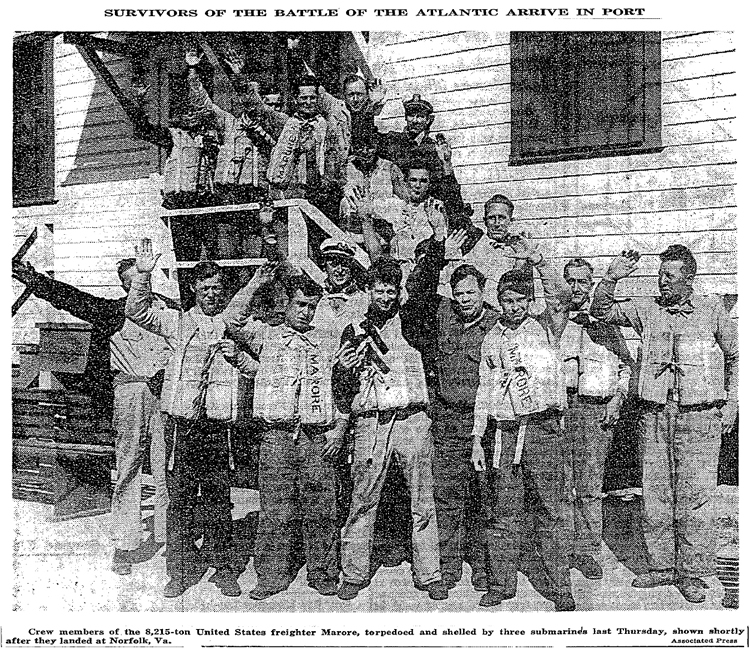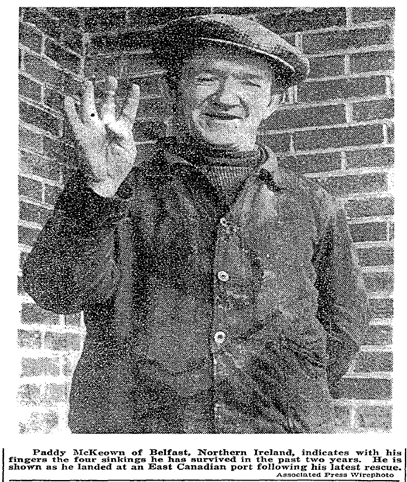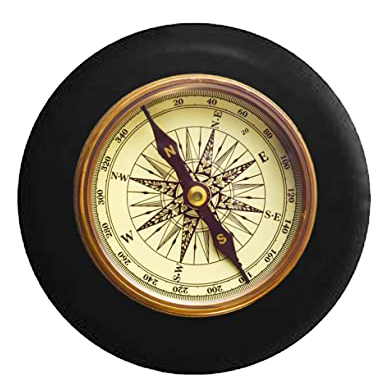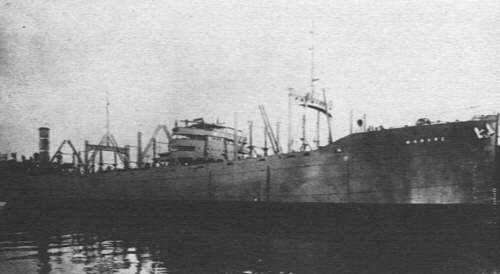
The Sinking of the Marore
The Marore was the twenty-seventh ship acknowledged by the Navy to have been attacked and the twenty-fourth to be sunk off the United States Atlantic coast since January 14, 1942. The Marore was the twenty-year-old sister ship of the Venore that was sunk on January 24th. The ship was attacked at midnight on February 27th and was reported to be one of the most intense attacks yet reported in U.S. waters.
The Marore after leaving the Panama Canal passed between Cuba and Florida, then hugged along the coast as it made its way up north. Prior to the attack, the submarines were chasing an oil tanker that was able to outdistance them. When they caught the Marore they "peppered her with an almost incredible extravagant waste of ammunition," according to an article in the New York Times dated March 3, 1942.
The master of the ship, Captain Charles E. Nash of Harrington, ME thought it was a miracle that all crew members were saved especially since all but nine of the crew were in their bunks when the torpedo struck. "We had no warning, " he told the United Press. "The torpedo struck amidships on the port side. I gave the order immediately to abandon ship. Although all the crew but nine were in their bunks, the concussion had an alarm effect. All members were on deck almost instantly. They went to their respective lifeboats without confusion. In ten minutes the ship was abandoned."
No sooner had they cleared the ship than the shells began to rain down on and around the Marore. "They must have fired 100 or more rounds, " Captain Nash stated. "All three intermittently fired tracers. They hit the water, bounced like crazy tennis balls, and lit up the whole area, giving the gunners a perfect target. They had good marksmanship, too. Looked like 90 percent of the shells hit."
Radio Operator Core said that he had been picking up "SSS" - submarine attack calls from a tanker all afternoon. "I am positive the subs were the same which had been chasing that tanker, " he said. "She must have eluded them and, when they saw us, they figured we were the tanker." Core went on to describe the tracer shells as "a beautiful display of fireworks. They looked like Roman candles," he said. "But we couldn't enjoy it!"
Survivors had praise for Third Assistant Engineer, E.B. Stahl of Baltimore, who even though he was knocked off his feet when the torpedo hit, was able to find his way through the darkness and shut off the engines. By doing so it made it easier for the crew to launch the lifeboats and abandon the ship.
A naval diary reported the following: "Sunken ship reported at 35-33N; 74-58W. identified as SS MARORE, (8000-ton U.S. ore ship) bound from Panama to Baltimore and torpedoed and sunk at 2330 Feb. 26. 15 men including Captain Charles E. Nash landed at Big Kennabeet (just above Hatteras). Total crew 40, put over 3 boats. Other boats picked up by passing ships. Tanker, Byron N. Benson, heading south for Baton Rouge, picked up one boat. SS JOHN GILL picked up 25 survivors. Passed them to Coast Guard cutter and brought them into NNOB Norfolk. Expect 2 more boats, presumably, they are all from MARORE. Origin -- Major De DuFour, 1st Army at 0150Q February 28."
THE SHIP'S SPECIFICS:
| Built: 1922 | Sunk: February 27, 1942 |
| Type of Vessel: Bulk ore carrier | Owner: Ore Steam Ship Corporation |
| Builder: Bethlehem Ship Building Corporation, Sparrows Point, Maryland | Power: Oil-fired steam turbines |
| Port of registry: New York | Dimensions: 550' x 72' x 44' |
| Previous Names: | Lost Crew: |
LOCATION OF THE SINKING:
Here is the location of the sinking: 35-33N 74-58W
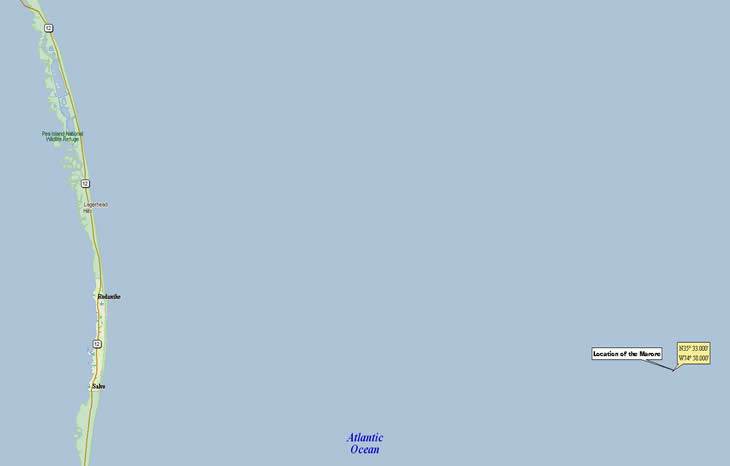
OTHER PHOTOS:
